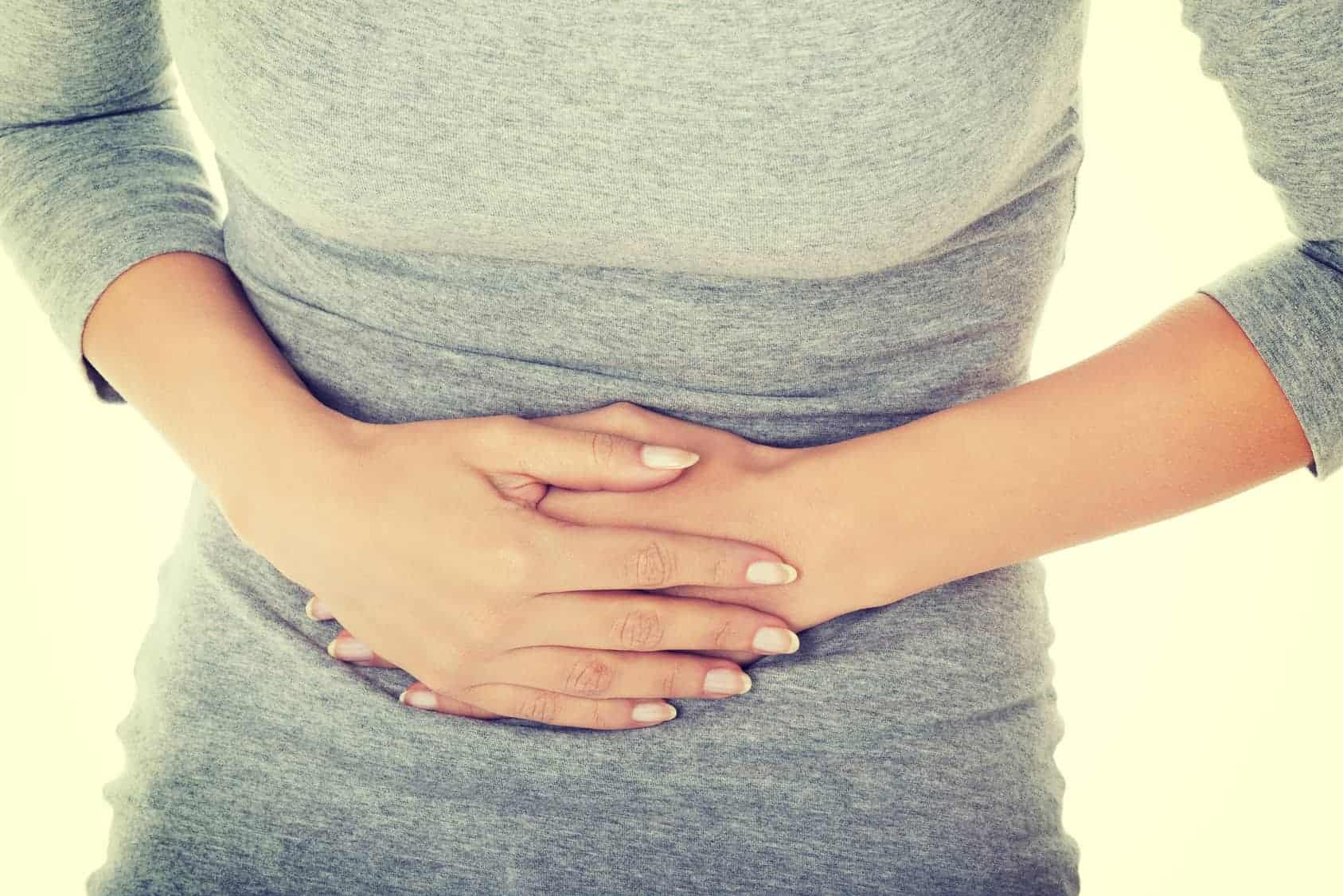“Know the signs I have a candida infection? What the heck is that?!” At least a few of you out there just uttered a similar phrase.
Definition of a Candida (yeast) Infection
Candida (fungus): Candida is a genus of yeasts and is the most common cause of fungal infection worldwide. Many species are harmless commensals or endosymbionts of hosts, including humans; however, when mucosal barriers are disrupted, or the immune system is compromised they can invade and cause disease. (Wikipedia, 2015)
Anytime we hear “fungus” we start to gag just a bit, but candida is an essential human ally. Candida aids digestions and assists with nutrient absorption – two significant functions. The problem starts when the fungi overproduce, causing the breakdown of the intestines and entering the bloodstream, releasing toxic byproducts, and generating “leaky gut”.
Candida infection is strangely unique in the sense that it can cause a variety of health issues, including:
- Bad breath
- Brain fog
- Craving sugar
- Depression
- Hormonal imbalance
- Fatigue and exhaustion
- Loss of sex drive
- Weak immune system
- Urinary Tract Infection
For something that doesn’t generate much press, candida can cause problems! So, how do these problems start?
Causes of an Overgrowth of Yeast
Typically, there are enough healthy bacteria in our gut to regulate candida levels; however, some actions can cause irregular candida presence, including:
- Heavy consumption of alcohol
- Eating a diet high in carbohydrates and sugar
- Eating a diet high in fermented foods such as sauerkraut and pickles
- Taking antibiotics that effectively kill off the healthy bacteria
- Having a high-stress lifestyle
- Taking oral contraceptives
Please note that this is not an exhaustive list. Further, many individuals who do these things never have candida problems. However, these are known instigators of candida infections and overgrowth.
While typically a difficult condition to diagnose, a few symptoms could mean a candida infection.
Here are fifteen signs you might have a candida infection:
1. Intestinal discomfort
As the primary habitat of candida, the pain often originates in the gut. Consistent burping, bloating, constipation, diarrhea, and flatulence are all symptoms of a candida infection. This happens because the yeast overtakes the healthy bacteria in the gut, resulting in infection. When the candida infection is treated, people often experience dramatic relief from these symptoms.
2. Brain fog
A somewhat ambiguous term, brain fog is a blanket term meaning constant feelings of fatigue, distraction, and moodiness. Our commercialized and busy world has made brain fog quite common. There are also dietary reasons for the disorder, such as processed foods and factory-farmed meats. Candida overgrowth and infection can also cause mental symptoms. Some signs include lack of focus, poor coordination, difficulty concentrating, and poor memory.
3. Sinus infections
Similar to many other candida symptoms, sinus infections are common, making it challenging to discover the source of the problem. Candida generally causes consistent sinus problems such as the runny nose, persistent cough, post-nasal drip, and increasing congestion. The consistency of sinus infections – especially for people with no known allergies – can pinpoint candida as the culprit.
4. Chronic fatigue
Chronic fatigue syndrome (CFS) is an abnormality characterized by constant feelings of fatigue or exhaustion that lasts over a period of six months. The disorder is known to produce other symptoms as well, including difficulty concentrating, headaches, joint pain, memory problems, and sore throat. Candida infections increase the likelihood of someone developing CFS.
5. Hormonal imbalance
Candida infection can cause early menopause, low sex drive, migraines, water retention, mood swings, weight gain, and endometriosis. Inflammation is also a widespread symptom; this causes the yeast to become larger and expand outside the digestive tract. Candida overgrowth also produces a byproduct that resembles estrogen, which can lead to a more severe imbalance of hormones.
6. Repeated vaginal and urinary tract infections
Candida may be the root cause of the vagina or urinary tract cyclical infections. The fungi can be transmitted sexually and passed between partners. Women can decrease the odds of contracting candida by taking specific actions, such as not wearing tightly-fitting underwear/pantyhose and avoiding hot baths during a yeast infection.
7. Skin and/or nail infections
Toenail fungus and athlete’s foot are two common types of yeast infection, which can originate from a strain of candida. Continuous infections may be a sign of a candida infection, especially if coupled with any other symptom of candida infection.
Something frustrating about the symptoms on this list is that all of them can be caused by something other than a candida infection.
8. Inflammatory bowel diseases
Studies show that high levels of candida are often found in your gut if you have an inflammatory bowel disease such as ulcers, Crohn’s disease, and ulcerative colitis. Conventional treatments for these diseases include antibiotics and steroids, which ease the conditions but provide the perfect environment for candida to grow. As the candida increases in your gut, it slows the healing process down. This frustrating cycle makes it difficult to heal your inflammatory bowel disease and rid your body of candida.
9. Psoriasis
The most common type of psoriasis produces itchy, red bumps that get sore and infected when scratched. Psoriasis often appears on your lower back, scalp, elbows, or knees. If you have psoriasis, there’s a good chance you will develop candida. Studies found that candida intensifies the spread of psoriasis, causing outbreaks and infection in your skin, mouth, or gastrointestinal tract. If you have psoriasis, there’s a good chance of candida in your saliva and feces. There may not be an apparent connection between how bad your psoriasis is compared to the amount of candida present in your saliva or feces, but candida does trigger psoriasis. The best treatment is antifungal to ease your symptoms of psoriasis and reduce candida growth.
10. Pain during intercourse
Sexually active individuals who participate in what researchers call oro-genital sex are more likely to test positive for candida. Pain during intercourse was linked to the growing candida and repeated incidents of candida. Be sure to talk to your doctor if you have pain during intercourse to eliminate other diseases that cause the same symptoms.
11. Pain when urinating
Urinary tract pain is often associated with a urinary tract infection. Candida is the most common cause of fungal urinary tract infections. Studies show that today there is an increasing number of antifungal Candida species on the rise. Here are some other symptoms of excessive candida in your urinary tract include
- Burning as well as pain when you urinate
- You need to urinate often
- Dark-colored or cloudy looking urine
- Bad smelling urine
- Pain in your pelvic region
12. Thrush-local mucosal infections
When candida is in your mouth, you may get thrush. Thrush causes white bumps on the tongue or inside your mouth, throat or tonsils. It can cause bleeding or soreness on your tongue or mouth. Poor hygiene in your mouth or wearing dentures makes you more susceptible to thrush.
At first, your dentist may think you have periodontal disease, but it could be candida, which often masks itself as this disease. If you take anti-inflammatory steroids or are on a lot of antibiotics, you may be prone to oral candida issues.
13. Chronic sore throat
Candida in your mouth or throat often causes pain in your mouth or even your throat. A persistent sore throat could indicate you have some candida growing in your mouth. Your throat may hurt so badly that you have a hard time swallowing. If your sore throat persists, visit your doctor so that he or she can test your throat to see if candida is present.
14. Joint pain
One surprising sign that you have candida is joint pain. Candida left untreated or released into your bloodstream after surgery may result in Candida arthritis causing pain, swelling, and stiffness in your joints. Your hips, legs, and knees are often affected by Candida arthritis. Researchers are still trying to understand precisely how candida causes painful bone infections that sometimes occur for patients with candida arthritis.
15. Halitosis
Researchers found that patients who often complain of constant halitosis have candida on the tongue. Steady bad breath should be tested for candida in your mouth. Although other things can cause persistent bad breath, it’s always good to eliminate the possibility of a candida infection.
Bonus: Less frequent signs of a candida infection
Here are some of the less frequent symptoms you may have a candida infection.
- Stomach pain
- Allergies
- Feeling anxious all the time
- Autoimmune disease such as thyroid problems
- Burping or bloated feelings in your stomach
- Constipation
- Depression
- Diarrhea
- Endometriosis
- Gas
- Impotence
- Infertility
- Insomnia
- Low libido
- Muscle weakness
If you struggle with any of these conditions and your doctor hasn’t been able to find a cause, you may want to visit a holistic doctor who is more familiar with testing for candida. Many people suffer from candida symptoms for years before getting to the root cause of a candida infection.
How to Get a Diagnosis for Your Candida Infection
If you want your doctor to check for candida infection, there are three options: a blood test, stool test, or a urine Organix dysbiosis test. Dr. Amy Myers, a world-renowned functional medicine physician, gives specific advice on each.
– You want to check for IgG, IgA, and IgM candida anti-bodies for the blood test. Elevated levels of any one of these can mean candida overgrowth. The drawback is that this test can often be negative, while the stool or urine test is positive.
– Stool testing is the most accurate, checking for candida in both the colon and lower intestines. In addition, the lab can usually identify the species of yeast. The most effective treatment can also be ascertained from this test.
– The Urine Organix Dysbiosis test checks for a waste product of candida called D-Arabinitol. Elevated levels often mean candida overgrowth.
Natural Tips on Dealing With a Candida Infection
Here are some dietary guidelines to help you combat yeast overgrowth.
Healthy diet
You should eat a healthy diet to fight candida infections. Certain foods tend to elevate your blood sugar, making you more susceptible to candida infections. Eliminating these foods from your diet helps your body fight off the candida infection and makes you less prone to them. These foods make you less resistant to candida.
- White rice: White rice has no fiber. It causes blood sugar to spike. Instead, eat brown rice that is packed with fiber and minerals.
- White bread: Like white rice, white bread has little fiber. It’s made with refined flour that gets digested very quickly in the body. Choose whole-grain bread for good fiber, B vitamins, and niacin.
- Sugary drinks: Juices, soda, or seltzers filled with fructose sets you up for candida infections and growth. Choose water or clear seltzers without sugar or artificial sweeteners, which aren’t that healthy.
- Fatty meats: High-fat meats aren’t as healthy as lean, low-fat fish or chicken. Eat a healthy diet. It boosts your immune system and helps you fight off candida infections.
- Fast food: High in fat, sodium, and sugar, fast foods aren’t an excellent choice to fight off candida infections.
A healthy diet should be full of healthy proteins, greens, and whole grains. These foods level out your blood sugar, so it doesn’t spike and allow yeast or candida to multiply.
Yogurt
Yogurt is packed with healthy bacteria culture. It helps your gut have the right balance of good flora to help fight off candida. It’s a natural probiotic that regulates your gastrointestinal system and vaginal systems. Eat yogurt that is low in fat and sugar. Plain Greek yogurts are best. Add fresh blueberries and nuts for extra flavor and crunchiness.
Eliminate alcohol
Alcohol a large amount of sugar that feeds candida. If you drink a lot of wine or beer, there’s a good chance they have a candida infection. Even vodka and gin contain alcohol, so it’s best to stop drinking alcohol, so allow the body to heal completely from the candida infection. If you’re prone to them, you should limit themselves to one drink only occasionally so you won’t get another infection.
Apple cider vinegar
A recent study found that ACV, apple cider vinegar, kills candida. A woman with extensive vaginal candida didn’t respond to the standard treatments. Hence, doctors put apple cider vinegar on the affected area and wholly cured the woman of candida. This is promising news for treatment since many treatments fail to remove the candida altogether. Note: don’t try this without checking with your physician first!
Fermented foods
Studies found that fermented foods are healthy for the gut. Probiotics are bacteria that cause the fermentation process in foods. This means that fermented food and probiotics are interconnected and have similar effects on your body’s building up good gut bacteria.
Editorial Note: The connection between eating fermented foods is ongoing and complex. Some doctors insist they are helpful; while others believe it can worsen a yeast infection (as noted on the “causes” list.) The bottom line, here, is to check with your doctor so you can explore all your options.
Tea tree oil
Studies on tea tree oil found that this essential oil works as an antiseptic. It kills bacteria, viruses, and fungal infections, including yeast. Researchers found tea tree oil effectively killed candida. Of course, don’t use it orally or vaginally without a holistic doctor’s advice. Always dilute tea tree oil in jojoba or olive oil before using it on your skin.
Garlic
Garlic has antifungal properties. It contains allicin, a sulfur-based compound that can fight candida.
Roasted garlic recipe
Pull off the papers of the garlic head. Cut off the top. Drizzle a little olive oil over the garlic. Sprinkle with kosher salt. Wrap in a piece of aluminum foil and roast in the oven for 35 to 40 minutes in a 400-degree oven. The garlic is thoroughly roasted once the cloves are tender all the way through. Allow the garlic to cool, then press out each clove to remove the garlic. You can add the freshly roasted garlic to recipes or freeze it for later use.
Cinnamon
This familiar spice has antifungal properties as well as anti-inflammatory properties. Sprinkle cinnamon in your hot drinks or your bowl of oatmeal for extra help to fight and prevent candida growth.
Ginger
Ginger is another warm, pungent spice that possesses powerful antifungal properties. It’s also excellent support for the liver and helps ease the gut.
Final Thoughts on Coping with Candida Infections
Chronic candida infections are painful and uncomfortable. If you suffer from them, you are desperate to find a way to heal the burn and prevent further infections. Fortunately, there are many natural ways for you to deal with a candida infection. Get the diagnosis you need from your doctor. Then, take charge of your yeast overgrowth through a better-balanced diet and healthy lifestyle changes.


















 Community
Community

